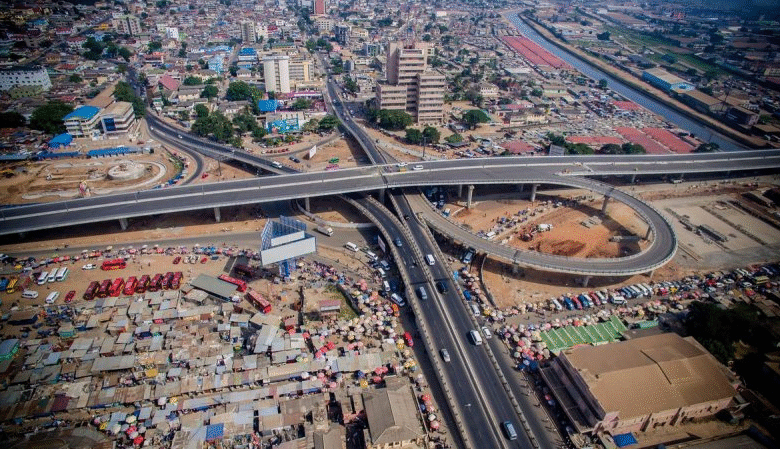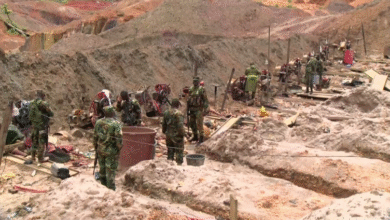Circle, Nima Market among most polluted areas in Accra

Research by Pss Urbania,a leading Built Environment consultancy in Ghana, has shown that air pollution in most parts of Accra exceeds safe levels recommended by the World Health Organisation (WHO) and the Environmental Protection Agency (EPA).
Using air quality monitors in 13 metropolitan, municipal and district assemblies (MMDAs), Pss Urbania discovered that out of the 60 locations investigated, Nkrumah Circle, La Maale, Kanda Cluster of Schools, Madina Zongo Junction, Tetteh Quarshie Interchange and other densely populated locations were among the most polluted.
“Our team at Pss Urbania installed air quality monitors at 60 locations within 13 Metropolitan, Municipal and District Assemblies (MMDAs) in Accra to measure PM2.5, PM10, SO2 and NO2. Our datasets, combined with previous datasets from EPA and other institutions, show that the levels of pollution in Accra exceed WHO and EPA-recommended safe levels in most places across the city.
Identified hot-spots include Nkrumah Circle, La Maale, Kanda Cluster of Schools, Nima Market, Kotobabi Cluster of Schools, Madina Zongo Junction, Tetteh Quarshie Interchange, and various densely populated locations,” Dr Frederick Otu-Larbi, a consultant with Pss Urbania revealed.
He explained that poor air quality caused by pollution is a leading cause of death globally with Ghana recording an estimated 28,000 deaths from diseases linked to air pollution.
There is however hope that the pollution in the identified areas will dealt with to ensure that people breathe in only safe air.
“Based on the evidence gathered, the 13 MMDAs have designed a set of plans to reduce emissions of air pollutants and improve air quality.
The planned actions include increased public awareness, prosecution of individuals and businesses that cause pollution within the community, regular monitoring of air quality, and capacity building of staff on air quality management,” Dr Otu-Larbi revealed.
Air pollution remains a major environmental issue in the country as both natural and human activity contribute it.





